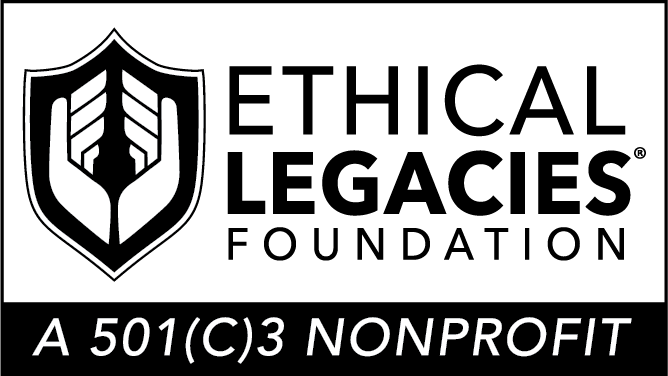The American Dream has long been associated with the ideals of financial wealth, home ownership, growing a business, and establishing a formidable nest egg to sail into retirement. These have been the mile markers that signal when you’ve “made it” in America.
But as demographics and several other factors continue to shift, the old framework for success is giving way to one that places more value on some things money can’t buy. A 2017 study by the Pew Research Center reveals that in lieu of financial success or home ownership, most believe personal freedom and a good family life are integral components of the American Dream.
Among respondents to the study, large majorities indicated that “freedom of choice in how to live” (77%) and “having a good family life” (70%) were essential to their view of the American Dream, compared to 11% who considered “being wealthy” as key to their concept of the dream. Whereas home ownership was considered an indispensable indicator of success among Americans throughout the ’80s and ’90s, fewer than half of respondents now view home ownership as essential to achieving the American Dream.
From the day the United States became its own nation, the idea of the “American Dream” has pervaded every aspect of citizen life. The Declaration of Independence, loaded with language of license, including the words “all men are created equal,” and “life, liberty, and the pursuit of happiness,” has, for centuries, served as a written entitlement that encourages Americans to pursue their wildest dreams.
In the past, those dreams seemed to generally revolve around common themes. Wave after wave of bright-eyed immigrants arrived with designs on the opportunity for prosperity and success, as well as an upward social mobility for their family and children. They believed they could achieve this through hard work in a society that presented comparatively few barriers relative to the places they were coming from.
Given the survey findings, it’s possible that Americans could be experiencing a nirvanic awakening leading them away from the pursuit of material wealth and towards the aforementioned intangible values they now espouse. However, data suggest that for many Americans, the financial landscape has changed drastically over the past few decades. According to a Wall Street Journal report, one-third of adults say their income fluctuates from month to month, largely because of irregular work hours. At the same time, 20% of American households are underbanked, meaning they don’t have credit cards, can’t get affordable loans, and may rely on payday lenders. And 28% of non-retired adults have no retirement savings at all, largely as a result of their inability to pay down credit card and student loan debt.
Taken together, these figures paint a picture that is in stark contrast to the plucky “pull yourself up by the bootstraps” narrative that previous generations latched onto. Ironically, in attempting to lift themselves or their families up—such as through further education or by taking out loans—many have actually weighed themselves down further.
The responses in the Pew study could indicate that the things that people think are important for achieving the new American Dream may be representative of a new American reality: home ownership, wealth, and retirement are much more elusive than they used to be.
The upshot, the survey reveals, is that only about one in six (17%) of respondents say the American dream is “out of reach” for their family. Among the respondents, 36% say their family has achieved the American Dream, and 46% say they are on their way to achieving it.
 Did you enjoy this content?
Did you enjoy this content?
If so, sign up below to be the first to receive new articles, updates and news from Ethical Legacies.


 Did you enjoy this content?
Did you enjoy this content?
